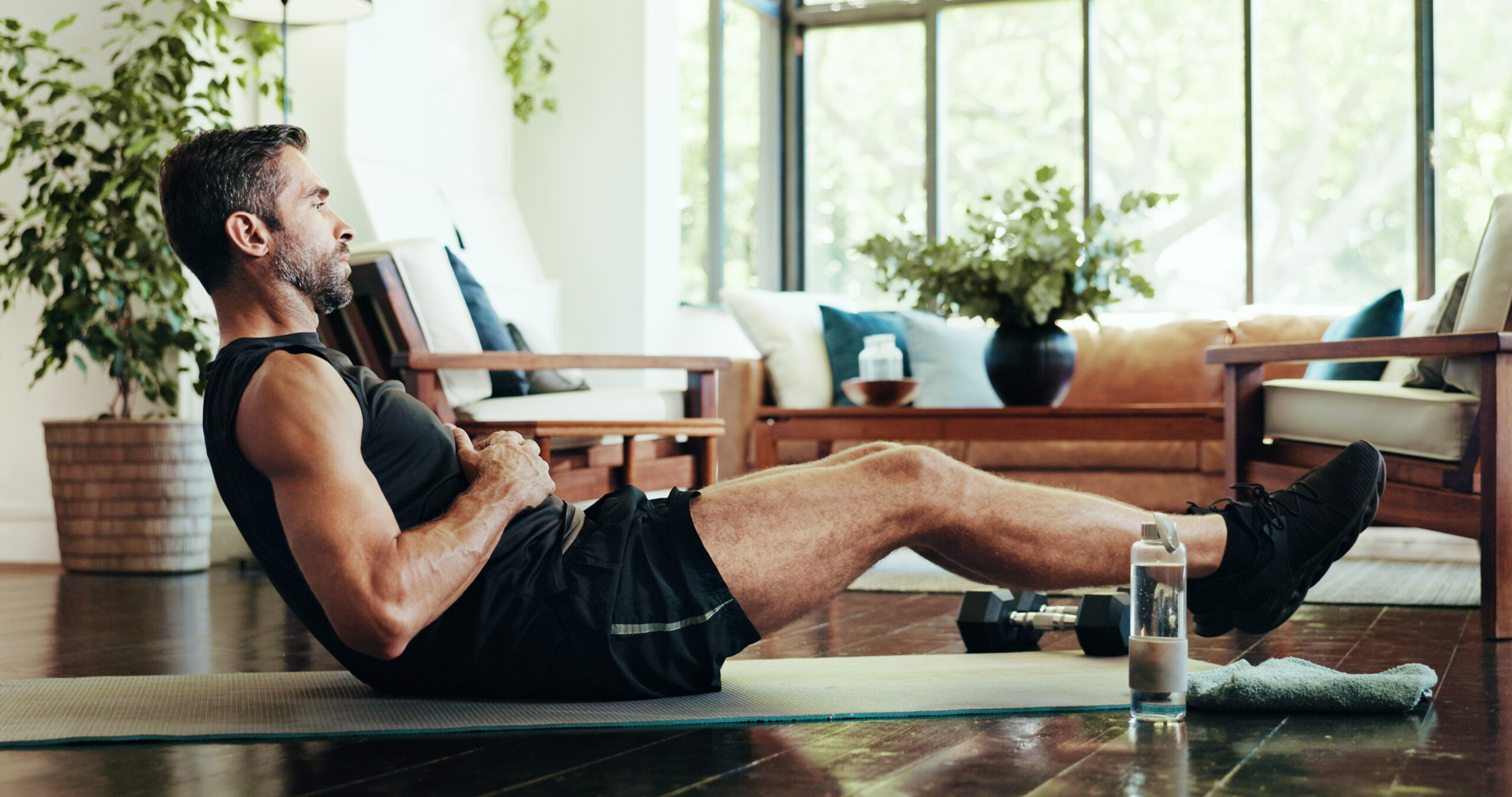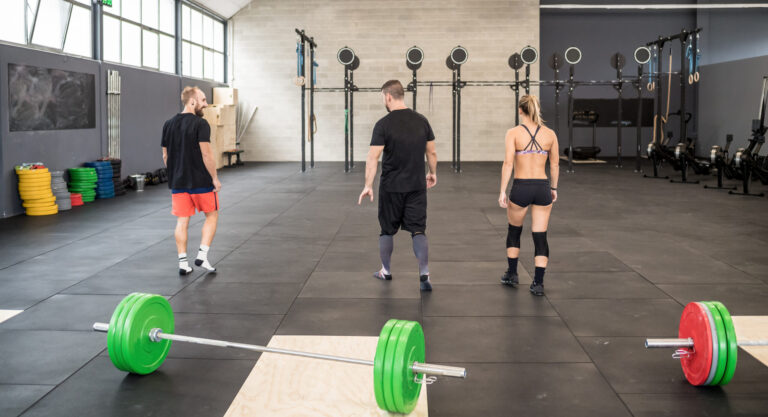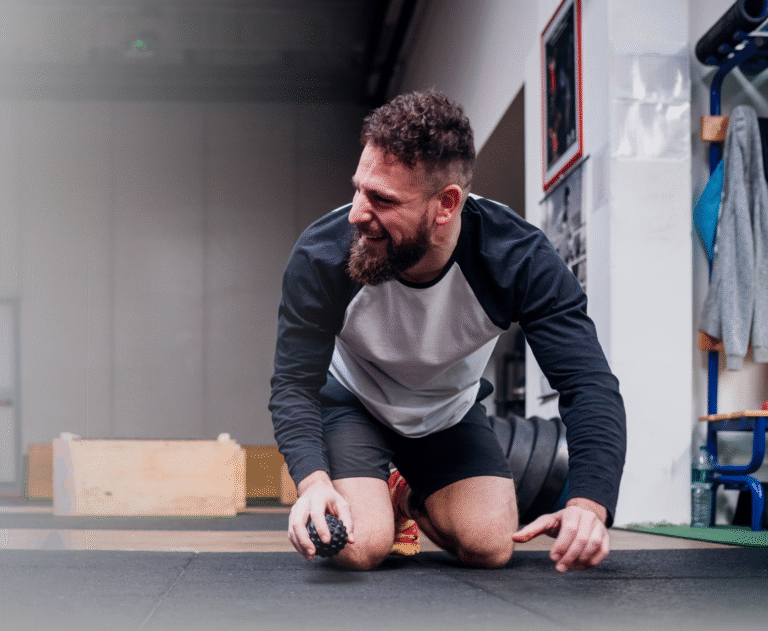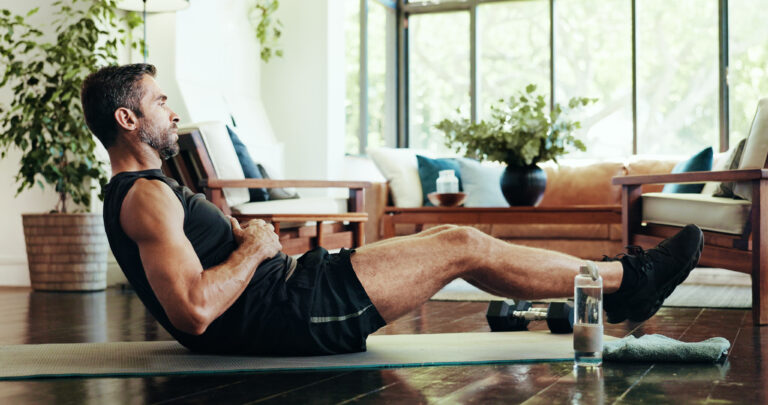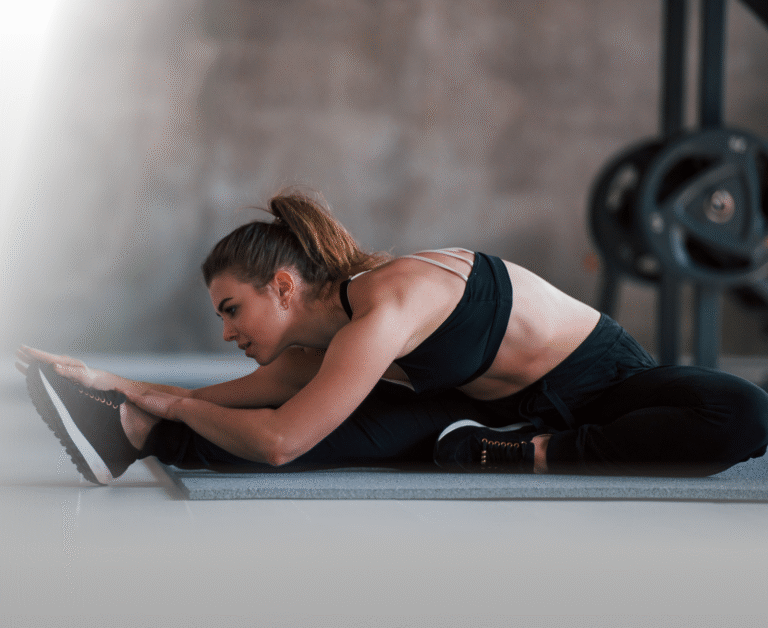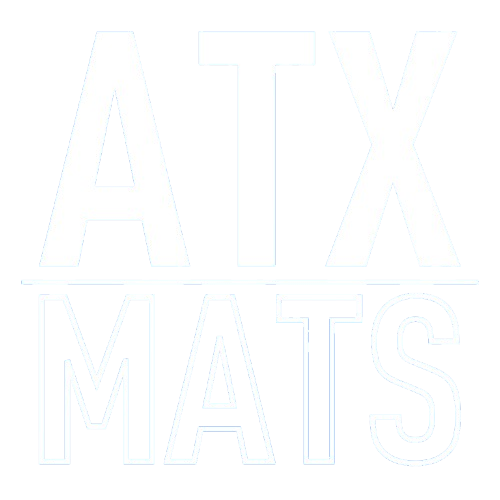The Ultimate Guide to the Best Workout Mats for Your Home Gym
Building a home gym represents a significant investment in your health and property. However, many enthusiastic fitness seekers overlook one of the most critical components: the flooring. Choosing the best workout mats for a home gym is not merely about aesthetics; it is fundamentally about safety, joint preservation, and protecting your foundation from heavy weights and continuous impacts. This guide provides comprehensive, expert advice, tailored specifically for fitness enthusiasts who demand professional-grade performance and durability from their space.
Choose your rubber gym Tiles mats For Home!
Why Quality Flooring is Non-Negotiable for Your Home Gym Setup
A dedicated training space requires flooring that matches the intensity of your workouts. Cheap alternatives often fail quickly, resulting in costly damage to underlying floors or, worse, causing instability that leads to injury. Therefore, treating your gym floor as a long-term asset is crucial.
Prioritizing Joint Health and Stability
Every jump, lift, and squat sends force reverberating through your body. High-quality mats absorb this impact effectively. Consequently, this dampening reduces stress on your knees, ankles, hips, and lower back. Choosing a material with the correct shock absorption rating prevents microtraumas that accumulate over time. Moreover, superior flooring provides a non-slip, stable surface, critical for safety during high-intensity interval training (HIIT) or heavy deadlifts.
Protecting Your Floors and Foundation
The floors in your home—whether concrete, wood, or tile—were never designed to withstand repeated drops of dumbbells or barbells. Investing in robust rubber mats creates a necessary barrier. Specifically, a dense rubber compound distributes the force of dropped weights across a wider area. This distribution prevents cracks in concrete or scratches and dents in wood. Ultimately, proper gym flooring investment preserves your home’s value, eliminating expensive repairs later on. You can visit our main site to explore our complete product selection and learn more about selecting the right density for your needs at https://atxmats.com.
Decoding the Types of Workout Mats: What’s Best for Your Routine?
Selecting the right mat depends entirely on your primary training style. Different activities require specialized materials and thicknesses. Understanding these distinctions simplifies the purchasing decision considerably.
Interlocking Rubber Tiles: The Heavy Lifter’s Choice
Rubber interlocking tiles are the gold standard for dedicated weightlifting areas. These tiles typically come in thicknesses ranging from 3/8-inch to 3/4-inch and are made from durable, often recycled, rubber compounds.
Pros: Exceptional durability; superior impact absorption; excellent sound dampening (a neighbor-friendly feature). Furthermore, installation is straightforward, connecting like puzzle pieces.
Cons: Higher initial cost; heavier weight makes repositioning difficult. However, this weight also contributes to its stability.
Ideal For: Powerlifting, Olympic lifting, heavy machine placement, and permanent gym setups.
High-Density Foam: The Versatile Option
Foam mats, primarily made from EVA foam (Ethylene-Vinyl Acetate), offer a comfortable, cushioned surface. They are significantly lighter than rubber and provide excellent support for bodyweight exercises.
Pros: Lightweight and portable; highly affordable; soft surface is ideal for floor exercises, yoga, and stretching. In addition, foam tiles are easy to clean.
Cons: Low tolerance for sharp or heavy impacts; can compress permanently under machines.
Ideal For: Yoga, pilates, martial arts practice (tatami style), and light cardio zones.
Roll-Out Mats: The Budget-Friendly and Portable Pick
Roll-out mats, often sold in large sheets or rolls, are convenient for covering extensive areas quickly. These are frequently used in commercial gyms but are also popular in large residential garages.
Pros: Seamless appearance; minimal gaps, which prevents dirt accumulation; custom sizing available. Generally, this option is cost-effective for covering large square footage.
Cons: Installation requires specific adhesive for permanent placement; prone to “curling” at the edges if not secured.
Ideal For: Covering an entire garage floor, large dedicated workout rooms, or covering irregularly shaped spaces.
Key Factors in Choosing the Best Home Gym Mat
An informed choice relies on balancing several technical specifications with your personal workout demands. Consider these four critical elements before making a final selection.
1. Density and Thickness: Finding the Right Balance
Density refers to the weight of the material per volume, and this measurement is more important than thickness alone. A thin, high-density rubber mat absorbs impact better than a thick, low-density foam one.
For Heavy Lifting (3/4-inch+): Seek rubber mats with a high density engineered for maximum impact dispersion. These are essential for mitigating damage from dropped weights and maintaining barbell bounce safety.
For Cardio and Bodyweight (3/8-inch to 1/2-inch): Mid-range density mats offer enough cushioning for jumping and running without making balance difficult.
2. Material Composition: Rubber vs. Foam
The longevity and performance of your mat are determined by its base material.
Material | Best Feature | Longevity | Odor Potential | Ideal Activities |
|---|---|---|---|---|
Recycled Rubber | Superior impact resistance | Excellent (10+ years) | Moderate (Airs out quickly) | Free weights, equipment |
EVA Foam | Comfort and portability | Good (3–5 years) | Low | Stretching, yoga, light cardio |
Specifically, highly durable rubber compounds resist moisture and mold better than softer, porous foam alternatives. Therefore, proper material selection is a safeguard against environmental stress.
3. Installation and Maintenance Considerations
Ease of installation is a major factor, particularly for DIY home gym projects. Interlocking tiles require no adhesive, simply locking into place. Conversely, rolled rubber often benefits from double-sided tape or specialized adhesive around the perimeter to prevent movement. Maintenance involves regular sweeping or vacuuming to remove dust and dirt. Furthermore, a simple mop with a mild detergent is generally sufficient for deep cleaning. Avoid harsh chemicals, especially on rubber, as these can break down the material.
4. The All-Important Warranty
A robust warranty signifies a manufacturer’s confidence in their product. Since gym flooring takes constant abuse, a warranty covering premature cracking, splitting, or excessive wear should be mandatory. Always review the warranty terms closely, ensuring they cover use under heavy equipment and dropped weights, if that aligns with your planned activities.
Top Recommendations: Best Workout Mats for Home Gym Users
Based on our extensive experience serving the fitness community, these are two leading solutions covering the most popular home gym needs. Find these specifications and more at https://atxmats.com.
Recommendation 1: Premium Recycled Rubber Tiles
For the serious lifter or the homeowner installing heavy equipment like a power rack, premium recycled rubber tiles are unmatched. We recommend a 3/4-inch thickness for superior sound and vibration dampening, crucial in shared walls or upstairs gym areas. This thickness is engineered to manage the impact of Olympic barbell drops effectively.
Key Features:
Impact Resistance: Optimized density for heavy-weight dispersion and floor protection.
Aesthetics: Allows color customization, matching the aesthetic of your home gym design.
Durability: Built from recycled materials, offering a tough and reliable surface.
Recommendation 2: Commercial-Grade EVA Foam Interlocking Tiles
If your routine leans towards high-intensity workouts, plyometrics, or bodyweight training, commercial-grade EVA foam is an excellent, flexible choice. This foam features a higher density than consumer-grade alternatives, providing better longevity and resistance to compression.
Key Features:
Surface Grip: Non-slip texture maximizes stability during sweaty, dynamic movements.
Portability: Easily disassembled and stored when the area needs to revert to an alternative use (perfect for multi-use spaces).
Comfort: Provides a large, cushioned surface area at a fraction of the price of heavy rubber.
The Professional Advantage: Expert Selection and Service
The quality of your flooring must meet the specific demands of your training and environment. The specialists at ATX MATS are the source of this locally-informed advice.
Addressing Environmental Challenges
Extreme temperatures and variable humidity impact flooring materials significantly. Therefore, selecting high-quality, stable materials minimizes initial odor and maintains material integrity against thermal changes. We provide expert guidance on materials proven to handle challenging environments without deteriorating.
Custom Sizing and Professional Installation
Every home gym space is unique, from a small spare bedroom to a large garage. We specialize in providing custom-cut solutions, ensuring a perfect wall-to-wall fit. A seamless installation prevents tripping hazards and creates a professional finish. Contact us today to discuss your specific home gym layout, and let us help you find the absolute best workout mats for home gym applications that match the highest standard of quality.
Choose your rubber Workout mats for Home!
Securing Your Fitness Future
Selecting the right gym mat is the final step in protecting your body and your home investment. Whether you need the extreme durability of thick rubber for heavy lifting or the cushioned support of high-density foam for yoga, the choice should be intentional and guided by quality. Don’t compromise performance or safety. Invest in quality flooring that will last the lifetime of your fitness journey. Start building your perfect space now: https://atxmats.com

